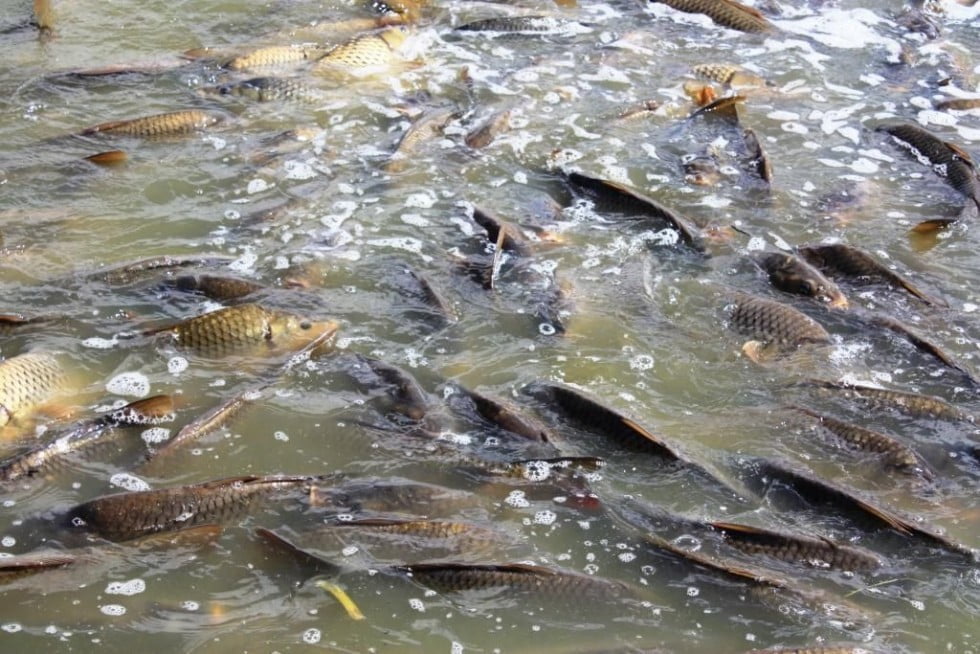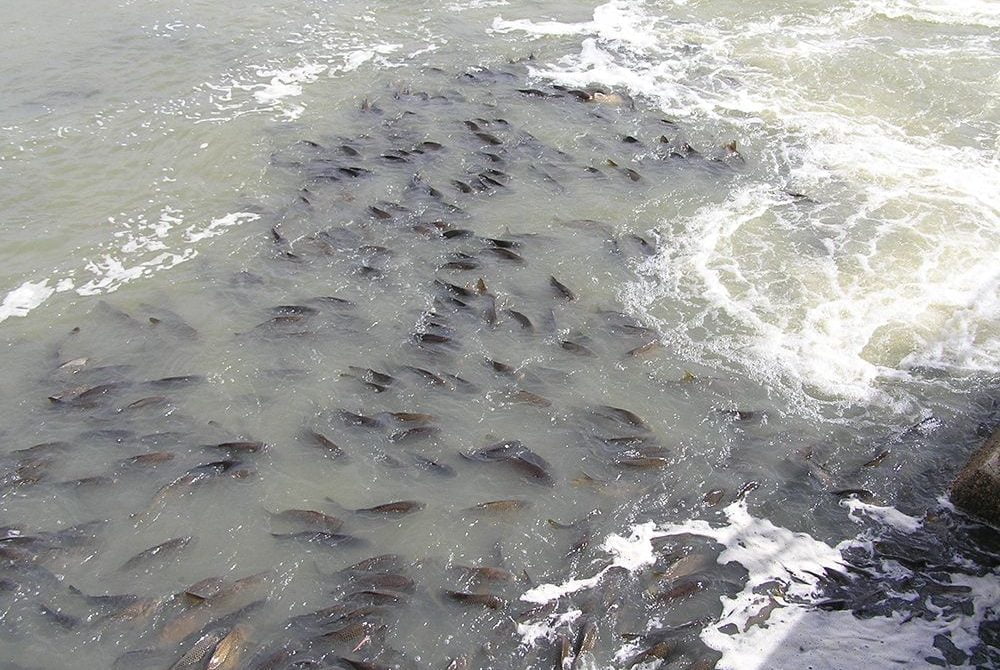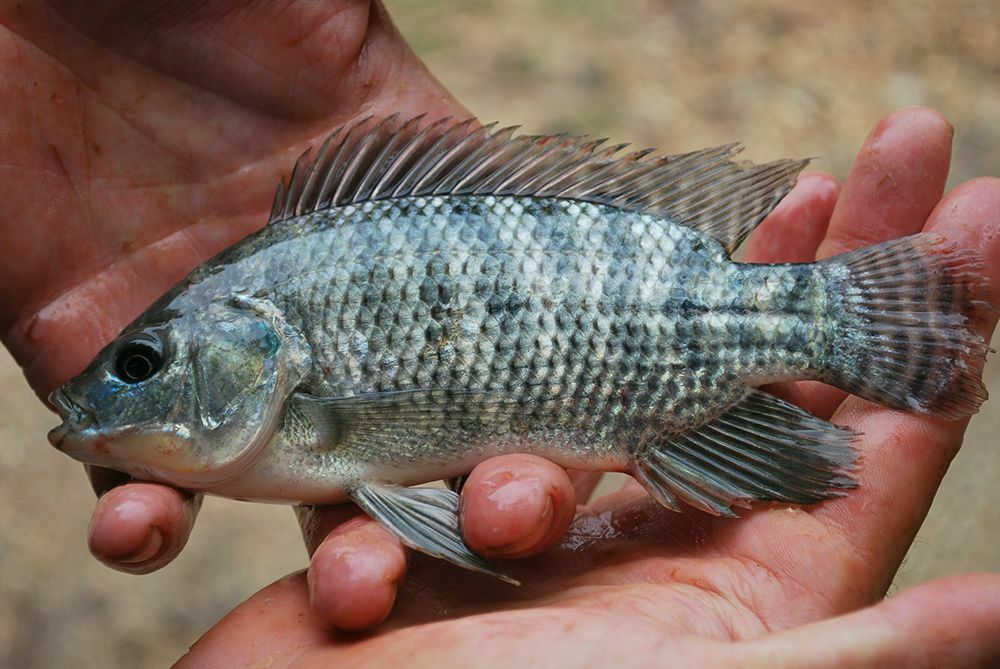Introduced Fish


The Basin already contains at least 11 introduced fish species in the wild, some in pest proportions, and further introductions are inevitable over time. Both the abundance and attributes of some introduced fish continue to cause damage to habitats and populations of native species. Most attention has been given to carp and trout because they are the largest and visibly most abundant, but there are many other species that can have impacts through predation, competition and disease. The risk of further introductions into the Basin— especially from aquariums and nearby rivers outside the Basin—also needs to be considered. Precautionary approaches, to minimise the risk of future introductions, and pest management principles, to address existing introductions, should be applied across the Basin.
The focus of all management of introduced fish species needs to be on reducing the impacts of such fish on native species, rather than on complete eradication of numbers. The best approach to reducing such impacts is an integrated one that combines a range of techniques. For example, with carp, appropriate techniques could include rehabilitating the wetting and drying cycles for floodplain wetlands, commercial exploitation, release of the carp herpes virus, and the installation of screens and fish traps to prevent adult fish migrations. There is unlikely to be one ‘silver bullet’ that can solve any single introduced species problem. Control of alien species needs to be part of an overall river rehabilitation process.
Identifying Introduced Fish in the MDB
This collection of fact sheets drawn from different agencies involved in managing our waterways, covers the key invasive introduced fish in the MDB. The impacts of alien fishes are discussed as well as information about how these species arrived in Australia and the reasons behind their subsequent spread.


Carp separation cages Mark III & IV
Evaluation of carp exclusion screens at wetland inlets
Integrated Pest Management – Banrock Station
Wetland carp harvesting at Lake Bonney, South Australia
Regional Carp Control Plans (Tahbilk & Condamine)
Integrated pest management in Queensland
Fishes of the Murray-Darling Basin: An introductory Guide
The importance of public consultation for pest fish management
Pest app to help protect WA waters